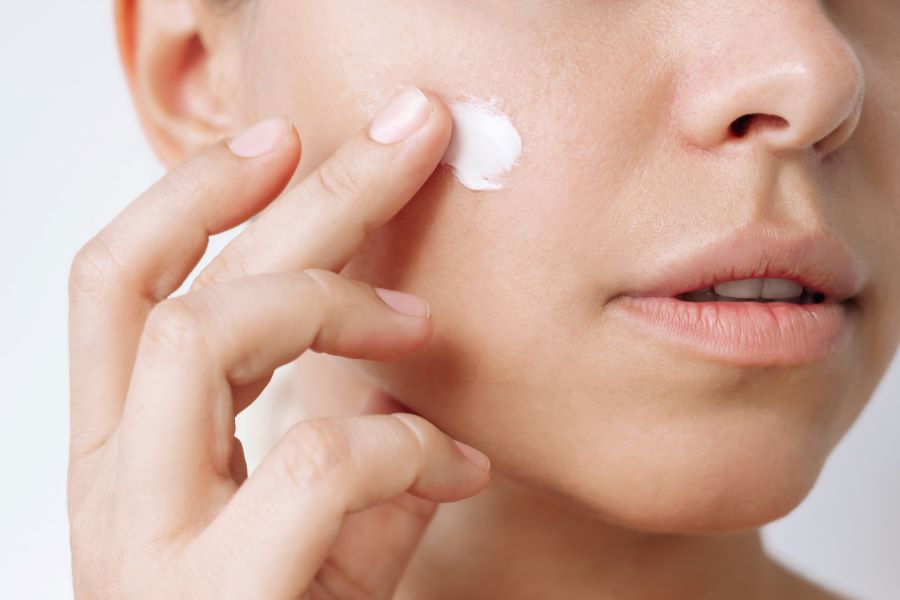Wrinkle Treatment: Effective Options for Smoother Skin
Visible lines and folds on the skin are a normal part of life, but modern wrinkle treatment offers many ways to soften their appearance and refresh the face. Understanding how treatments work, what to expect, and how lifestyle affects outcomes helps you choose safer, more effective options in your area with realistic expectations.

This article is for informational purposes only and should not be considered medical advice. Please consult a qualified healthcare professional for personalized guidance and treatment.
How does skin change with age?
As we age, the skin’s structure changes: collagen and elastin production slows, fat pads shift, and the epidermis thins. These biological shifts reduce elasticity and volume, making fine lines and deeper creases more visible. Environmental factors such as sun exposure, smoking, and repeated facial expressions also accelerate visible change, so skin aging is a mix of intrinsic biology and external influence.
Targeting these underlying processes is the goal of many wrinkle treatments. Some approaches aim to stimulate collagen production, others restore lost volume, and topical regimens strengthen barrier function. A tailored plan considers skin type, the severity of lines, overall health, and desired downtime.
Face treatments: injectables and lasers
Face-focused procedures are among the most effective for reducing dynamic lines and improving texture. Injectable neuromodulators temporarily relax muscles that cause expression lines; dermal fillers replenish volume in cheeks, lips, and nasolabial folds. Laser resurfacing and fractional devices remove damaged surface layers and promote collagen remodeling for smoother skin.
Each option has trade-offs: injectables often require repeated sessions but involve minimal downtime, while lasers or deeper peels can deliver longer-lasting improvement with a longer recovery. Choosing an experienced, licensed practitioner and discussing realistic outcomes and risks are important steps before booking a procedure.
How do wrinkles form and what helps?
Wrinkles originate from repeated muscle movement, thinning skin, and loss of structural support. Fine lines often respond well to topical agents such as retinoids, peptides, antioxidants, and sunscreen, which together protect and improve surface quality. Professional methods—microneedling, chemical peels, radiofrequency, and plasma therapies—create controlled micro-injury that triggers healing and new collagen formation.
Combining modalities can be effective: for example, using a consistent topical anti-aging regimen plus periodic in-office procedures to maintain texture and volume. Safety and timing matter; treatments should be spaced properly and administered by trained providers to minimize complications and maximize results.
Can aging be slowed or managed?
Aging cannot be stopped, but its visible effects can be managed. Preventive habits—daily broad-spectrum sunscreen, avoiding tobacco, adequate sleep, hydration, and a diet rich in antioxidants—reduce cumulative damage. Professional interventions can then address lines and laxity as they develop, helping maintain a more youthful appearance over time.
Maintenance is a realistic expectation: many treatments require follow-up sessions or ongoing topical care. Discuss long-term plans with your provider, including realistic timelines for touch-ups and how different interventions complement one another to extend the effectiveness of results.
How does beauty routine support results?
A thoughtful beauty routine amplifies clinical treatments. Consistent use of sunscreen, a gentle cleanser, targeted serums (like vitamin C in the morning and a retinoid at night), and moisturizers that support barrier function all improve skin tone and resilience. For sensitive skin or after procedures, choose calming, fragrance-free formulations and follow post-care instructions closely.
Beauty is also about confidence and comfort in your choices. Opt for practitioners who explain options clearly and offer personalized plans. If you’re searching for local services, look for licensed dermatologists or certified aesthetic clinicians with documented experience and patient reviews.
Conclusion
Wrinkle treatment spans simple topical care to advanced in-office procedures; the best approach balances safety, realistic expectations, and individual goals. Preventive skincare and lifestyle choices complement professional treatments, and an individualized plan developed with a qualified clinician will deliver the most consistent, natural-looking results. Regular maintenance and informed decision-making help aging skin look its healthiest without promising unrealistic reversals.






